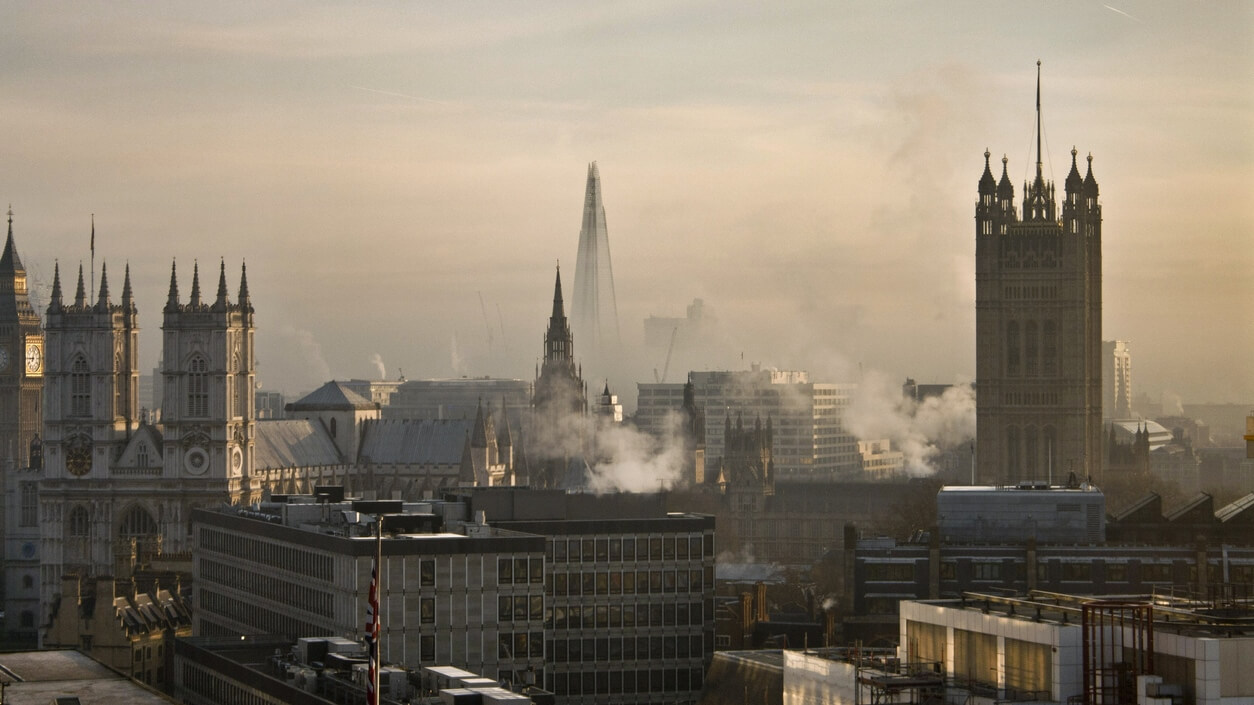
Air pollution isn’t something we typically think about on a day-to-day basis. However, it’s something which is all around us and in certain parts of the UK, it’s causing a lot of health issues.
So, how does UK air pollution vary from city to city and what can you do to reduce its effects?
What is the current air pollution situation in the UK?
According to a recent report, air pollution could be costing 36,000 lives in the UK each year. This highlights just how prevalent the problem is. It’s an increase up from initial estimations of 29,000 deaths a year and is largely down to fine particle matter and nitrogen dioxide levels.
Air pollution limits set by the World Health Organization, state that fine-particle matter should total no more than 10 micrograms per cubic metre.
As well as the risk of premature death, air pollution can also cause a range of unpleasant health effects. These include headaches, stomach upset, dizziness and vomiting. Although London only ranks as the 2,516th worst place for air pollution, 36,000 lives lost each year is still appalling. So, which areas are the most polluted in the country?
Which cities have it worse?
Unsurprisingly, London does have one of the highest amounts of air pollution in the country. However, levels are falling gradually over time. Over the years 2013-2015, pollution levels have dropped from 17 micrograms to 11.
This still leaves the capital outside of the limit set by the World Health Organisation, but it has improved dramatically in recent years.
One city which beats London, is Scunthorpe. In 2017 it was recorded the city had a staggering 16 micrograms per cubic metre. This is a substantially high figure outside of the capital and cities such as Leeds and Salford are not far behind Scunthorpe with 15 micrograms per cubic metre.
The World Health Organisation (WHO) released data stating that 47 towns and cities across the UK have exceeded the limit of 10 micrograms per cubic metre.
How does London rank compared to other European nations?
London worryingly ranks fairly high for air quality compared to other European nations. It is on par with Berlin, Budapest and Rome but falls behind cities such as Madrid, Zurich and Vienna.
Moscow is deemed to have the highest rates of air pollution while Oslo has the lowest. There are pushes for cleaner transport throughout Britain’s capital city to try and reduce the air pollution rates.
What can you do to reduce air pollution effects?
Businesses which contribute towards air pollution are required to have numerous safety measures in place. ERG Air Pollution Control offer odour control products which are required to control unpleasant odours caused through manufacturing and industrial work.
Businesses can also hire environmental consultants to help them assess how much pollution their equipment is generating. They will be able to also recommend steps which can be taken to reduce the amount of pollution produced.
After the results of the most recent WHO report, clean air campaigners called on the Government to take action.
Overall, while the UK does still have a lot of work to do to improve its air pollution, there is no denying it has improved dramatically in recent years.
There are a lot more measures in place these days which businesses need to abide by in terms of sticking to air pollution guidelines. Unsurprisingly, the worst air pollution levels are found in developing countries such as Pakistan, Iraq and Egypt.
Thanks for signing up to Minutehack alerts.
Brilliant editorials heading your way soon.
Okay, Thanks!